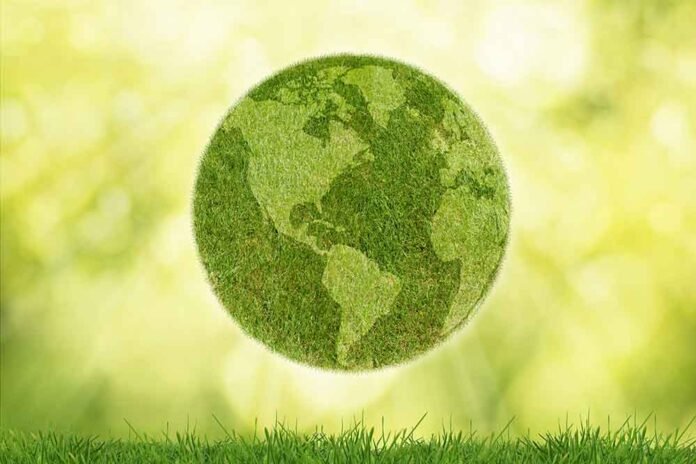The Climate Change 2023 Synthesis Report, released by the United Nations climate science body, the Intergovernmental Panel on Climate Change (IPCC), says that to limit the effect of global warming to a minimum, the world has to cut emissions by nearly half by 2030.
One such effort to reduce carbon footprint came from Aquafil headed by Giulio Bonazzi, the inventor of regenerative nylon ECONYL. He told the media that ECONYL comes from nylon waste such as fishing nets, fabric scraps from mills, and carpets destined to landfills. It is used for apparel, carpets, and other interior design products. And it has exactly the same performance as fossil-based nylon. ECONYL is nylon in all respects. By using waste to produce the ECONYL nylon, there is a double advantage: you don’t take new resources from the planet, and you have a carbon footprint 90 percent lower than the petrochemical one. Moreover, it is infinitely recyclable. That’s why ECONYL is a regenerated and regenerable nylon.
Global fashion players must move from “product innovation” to “design innovation” when it comes to looking for sustainable textiles, says Giulio Bonazzi, chair of Aquafil, an Italy-based nylon fibres and polymers company that produces the popular regenerative nylon ECONYL textile. Aquafil collaborates with more than 2,500 brands in the world including Gucci, Prada, Burberry, Stella McCartney and several smaller, ethical start-ups. In India, they have joined hands with brands like The Summer House, Nadi Nadi, Kosha Yoga and N&S Gaia.
Global fashion must move from “product innovation” to “design innovation” for remanufacturing. So, the effort must not only be addressed to the aesthetics but also to the history of the product and its composition. Instead of inventing new materials, it would be much more challenging to find sensible and strategic ways to make them recyclable.
The $2.5 trillion global fashion industry, which employs over seven million people, is responsible for 10 percent of carbon emissions and nearly 20 percent of wastewater. It consumes more energy than the aviation and shipping industry combined. Ellen McArthur Foundation and the Circular Fibres Initiative, in “A New Textiles Economy: Redesigning Fashion’s Future” states: “The textiles system operates in an almost completely linear way: large amounts of non-renewable resources are extracted to produce clothes that are often used for only a short time, after which the materials are mostly sent to landfill or incinerated. More than $500 billion is lost every year due to clothing underutilization and the lack of recycling.”



